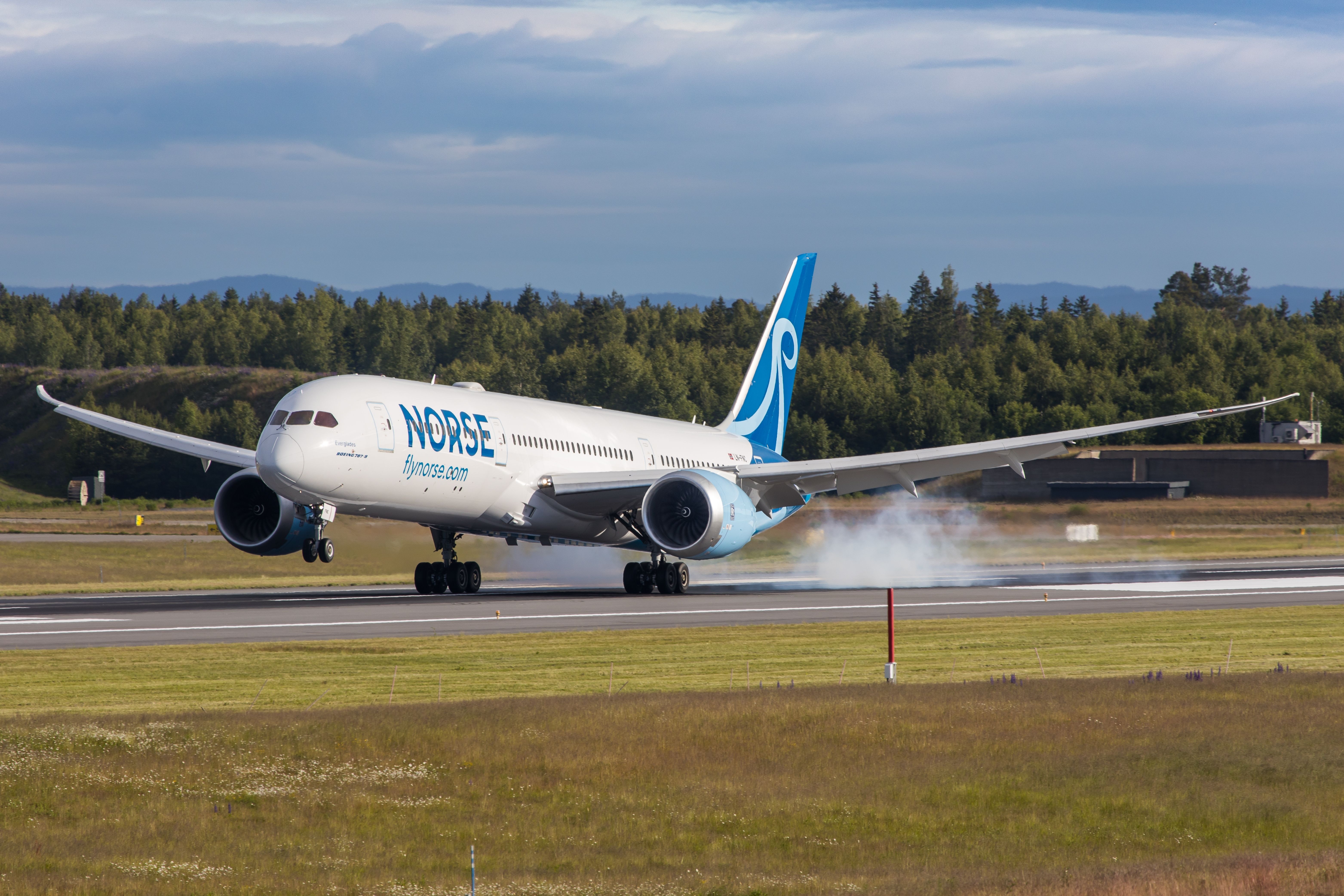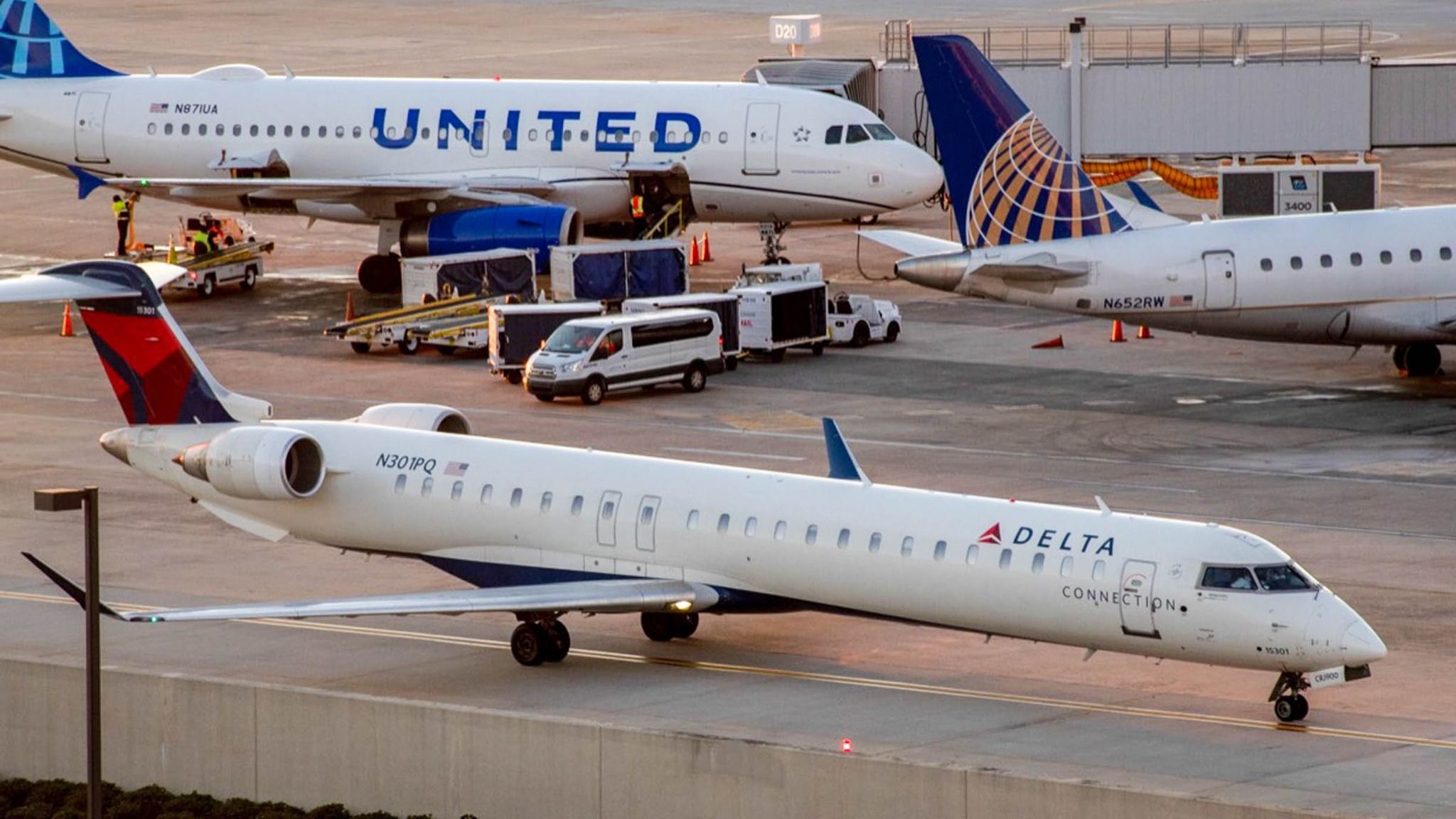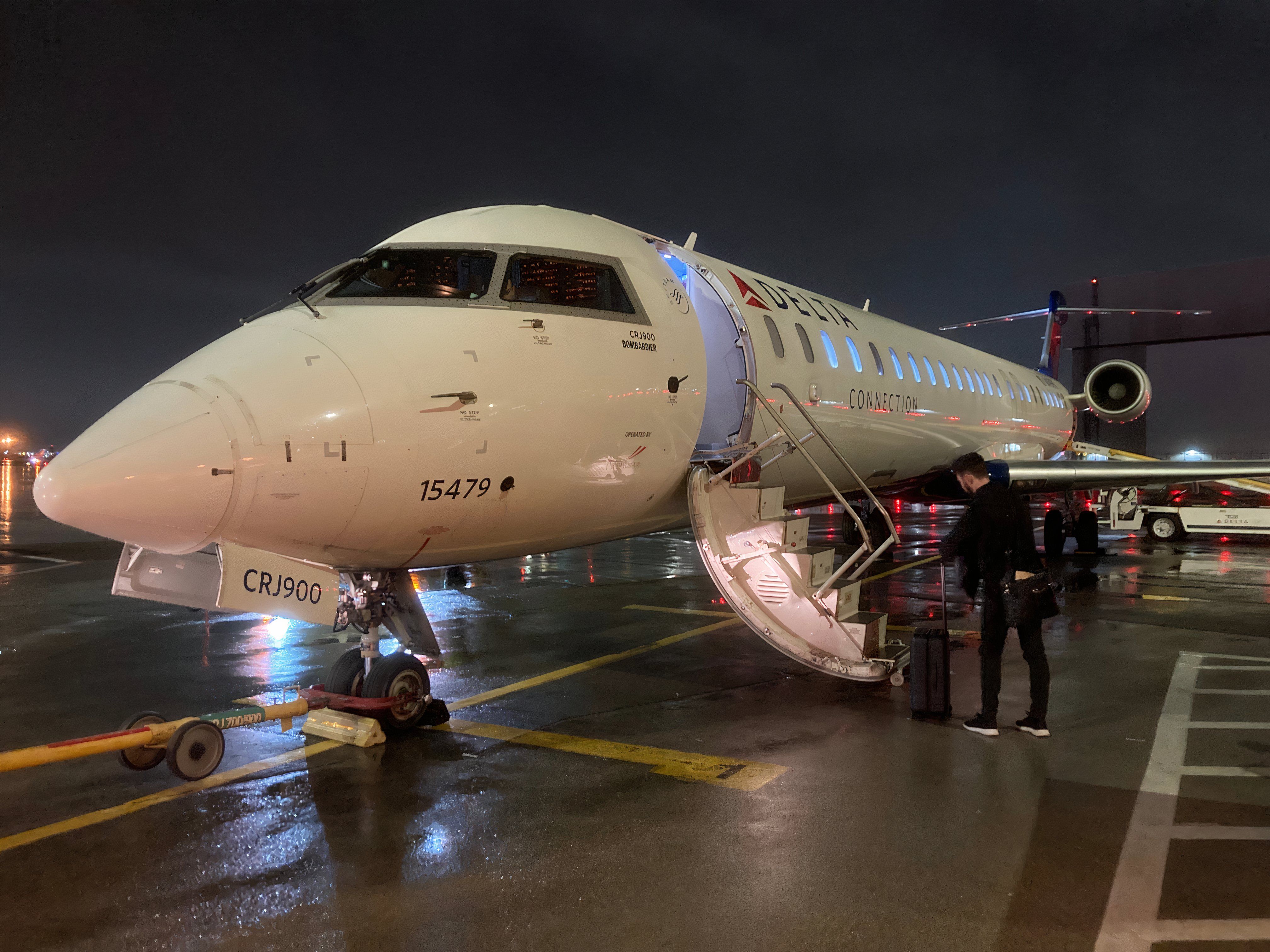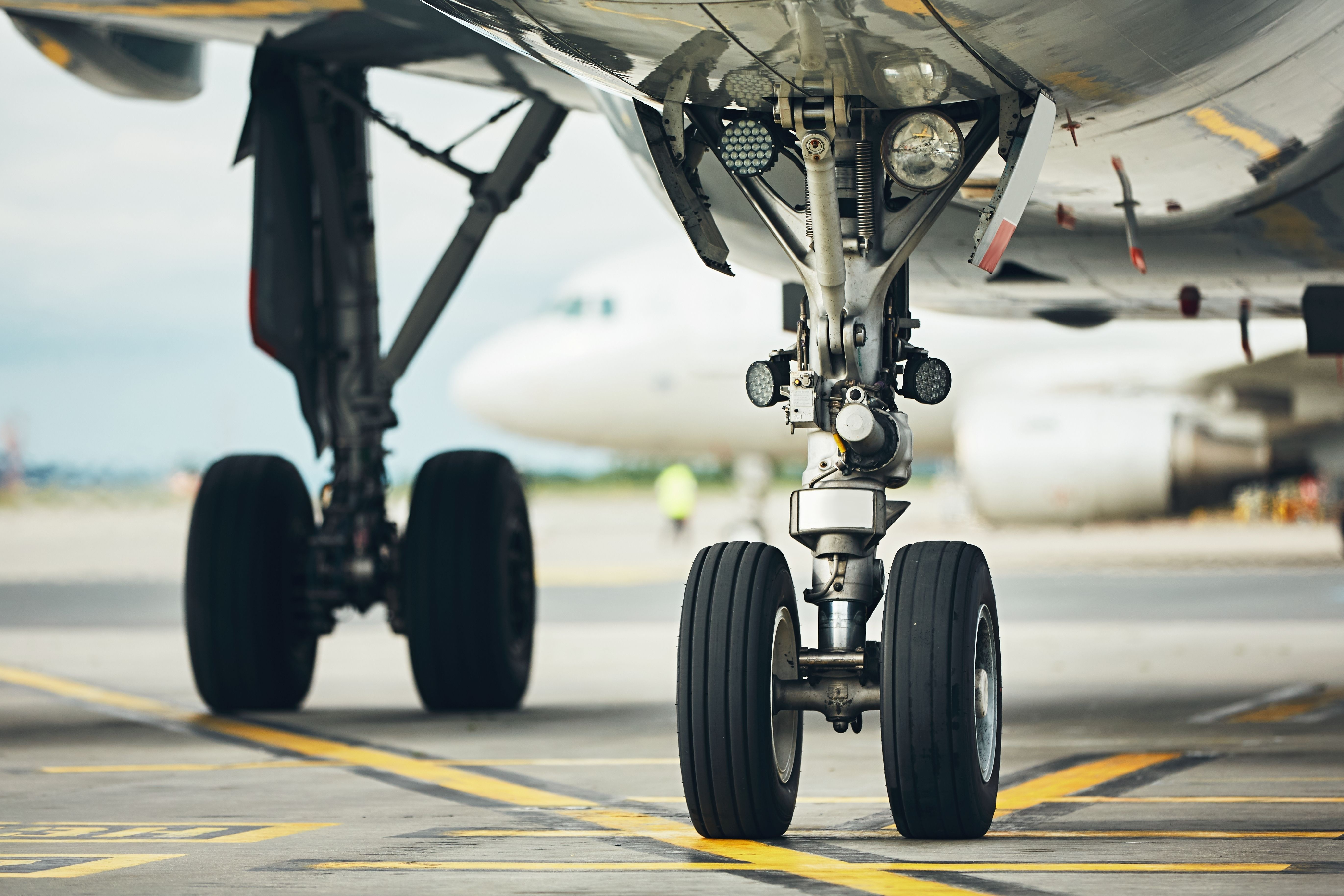Summary
- Skywest CRJ-900 operating Delta Connection landed safely after tire blew on takeoff roll.
- The crew continued takeoff despite a tire burst, landing without incident at Minneapolis–Saint Paul International Airport.
- Aircraft sustained minor damage to inboard flaps but returned to service quickly.
On July 11th, 2024, A Skywest Bombardier CRJ-900 operating under the Delta Connection brand blew a tire during its takeoff roll at Grand Rapids. The aircraft continued the takeoff and landed safely at its destination airport without further incident.
Continuing the flight
The Skywest CRJ-900 operated Delta Air Lines Flight 4095, which offers nonstop service from Grand Rapids Gerald R. Ford International Airport (GRR) to Minneapolis–Saint Paul International Airport (MSP). The aircraft was airborne for 70 minutes from takeoff to landing.
Photo: The Global Guy | Shutterstock
According to the Aviation Herald, when the tire burst, the aircraft was taking off from GRR runway 26L. What caused the incident is unclear. The runway has a usable distance of 10,001 ft (3,048 m). However, the crew continued the takeoff.
It is thought that the crew didn’t reject the takeoff as the failure occurred during the high-speed regime of the takeoff (over 100 knots), and the safest option was to continue. The flight is also only 471 miles.
The aircraft landed at MSP normally, but a post-flight inspection revealed damage to the inboard flaps. The severity of the damage is unknown, but it was minor enough that it didn’t affect the safe operation of the aircraft. Simple Flying has contacted the airline to provide a statement on the situation.
According to Planespotters.net, the aircraft is a 3.4-year-old aircraft and is the last Bombardier CRJ to be produced. It returned to service just 21 hours after the incident, proving that the damage was minor.
Aircraft tires
Aircraft tires are designed to handle massive loads, stresses, and temperature fluctuations. They have to support hundreds of tonnes while being dragged at high speeds. These tires are built with multiple fortifying compounds, such as Kevlar. They are also inflated to high pressures. The average jetliner tire is inflated up to around 200 psi, roughly a quarter of its design limitation of 800 psi.
The tires are also protected from exploding during heavy braking by the use of fusible plugs. These plugs contain a material that will melt and allow the air pressure to escape in a controlled manner, deflating the tire over time.
Photo: Jaromir Chalabala/Shutterstock
Regardless of these protections, tires do burst for a number of reasons. One of the main reasons is that aircraft tires can be retreaded as long as the core components are in good condition. This is done to save costs, as retreading a tire is significantly cheaper than purchasing a new one. The average aircraft tire can be retreated seven times before it needs to be replaced. However, the tire’s core degrades over time, which can lead to failure and bursting.
Debris on the runway can also damage tires, leading to structural damage that can cause a tire to explode and cause damage, like in the case of the Concorde. However, aircraft tires rarely burst. Even when they do, the result is often benign, as is the case with this particular incident.

Related
The Benefits Of Retreading Aircraft Tires
How airlines can reduce waste by saving money.


